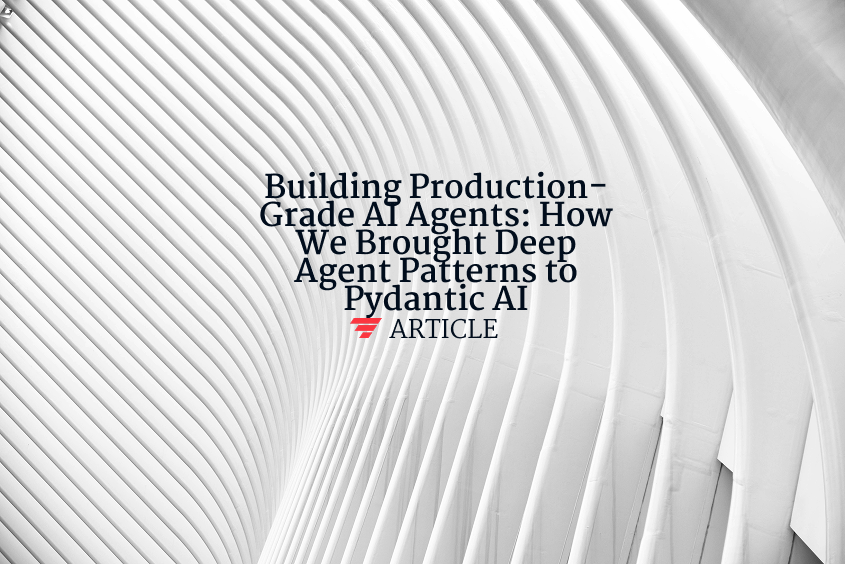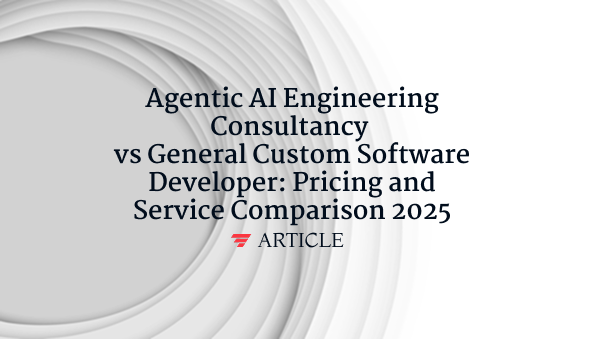Speech synthesizers use to determine context before outputting
Speech synthesis context analysis refers to the computational processes that text-to-speech systems employ to understand linguistic context, semantic meaning, and pragmatic factors before generating appropriate vocal output. This analysis encompasses multiple stages including text preprocessing to handle abbreviations and numbers, syntactic parsing to identify grammatical relationships, semantic analysis to determine emphasis and emotional tone, and discourse analysis to maintain consistent speaking style. Modern speech synthesizers utilize natural language processing techniques, transformer models, and linguistic rules to analyze sentence structure, punctuation cues, and contextual relationships that influence prosody, rhythm, and intonation patterns. Context analysis enables appropriate pause placement, stress assignment, question intonation, and emotional expression in synthesized speech. Advanced systems incorporate speaker modeling, style adaptation, and multi-modal context from surrounding text or dialogue history. For AI agents, speech synthesis context analysis ensures natural, contextually appropriate voice output.
Want to learn how these AI concepts work in practice?
Understanding AI is one thing. Explore how we apply these AI principles to build scalable, agentic workflows that deliver real ROI and value for organizations.



